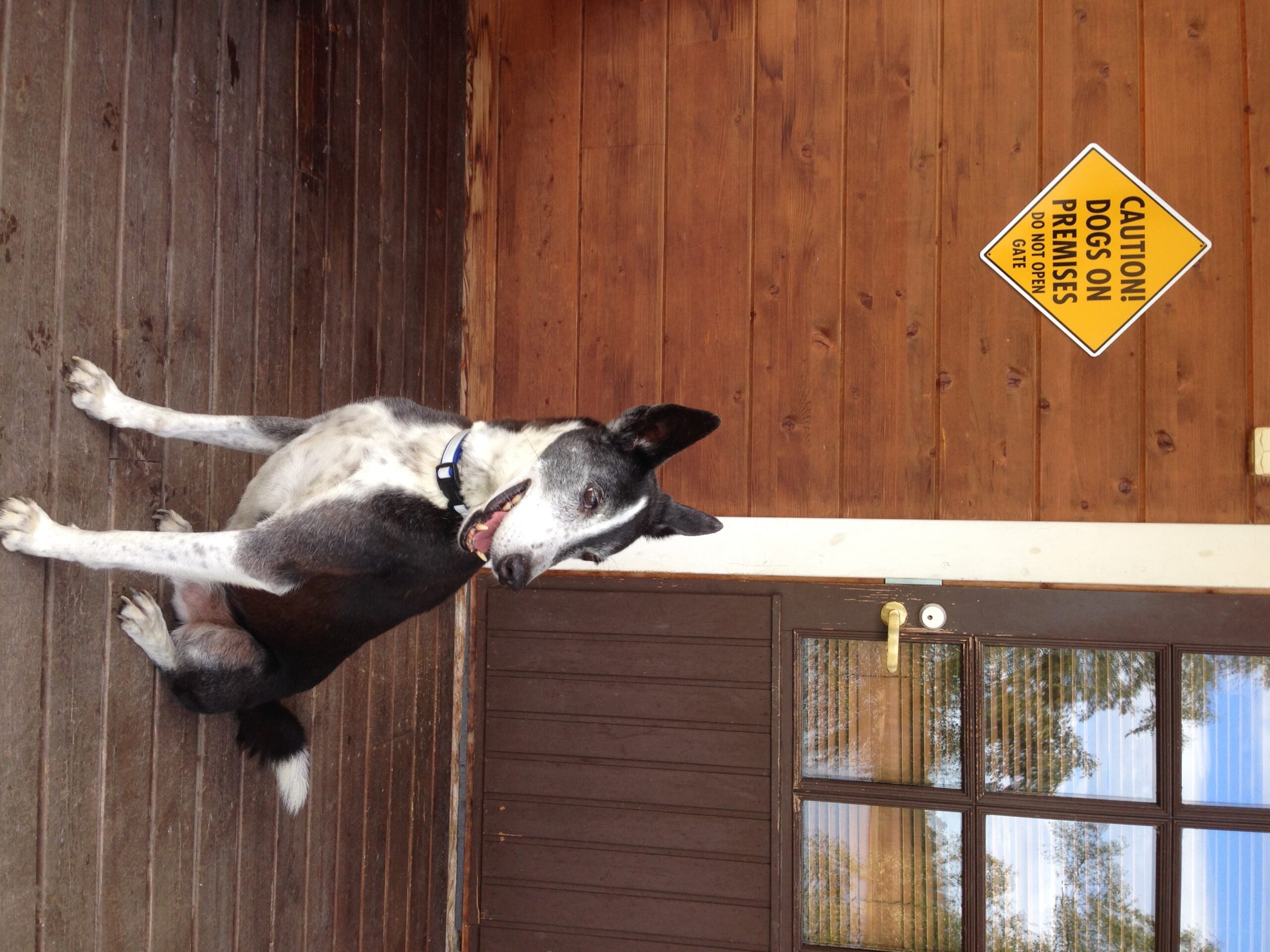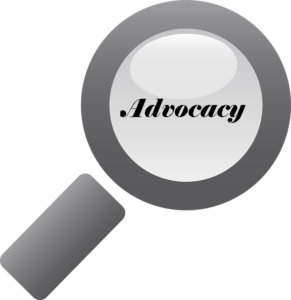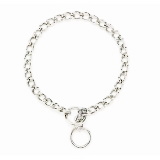Barks Blog
Being Your Dog’s Best Advocate

In 2012, my wife and I enrolled in a therapy dog training class which led to a Pet Partners evaluation process for therapy animal teams. I partnered with Buddha and my wife partnered with Gandhi. It was only by working closely together for our mutual benefit that we truly became teams and passed the evaluation.
The instructor taught me two significant concepts I had never before considered. One was that I was my dog’s best advocate, and the other was the application of PETS.
Although I had kept dogs in my life since 1983 it never occurred to me that I was their advocate. Meriam Webster informs me that an advocate pleads the cause of another for their defense. In short, the Pet Partners teacher implored me to speak for my dog as he could not speak for himself.
When we bring a dog into our life that is a solemn commitment to make decisions which are in the best welfare of our pet, not our own desires or goals. Dogs are sentient beings with minds and emotions very much like our own, as the renowned neuroscientist and psychobiologist Jaak Panksepp established in his research.

The realization of that fact changed my life. From that day forward I began filtering each decision I made for all of my pets through a lens of advocacy for their best welfare. It wasn’t about me, it was about them.
The second concept that opened my eyes was PETS, which means Proximity, Eye contact, Touch and Speech.
Proximity means being close to your pet and eye contact means just that. Look at your pet and see whether they are comfortable and relaxed, or anxious and stressed. Studies have shown that most people do not recognize stress in their pets and that is a crucial piece of the puzzle.
To learn more about reading canine body language and stress signs you can download the Dog Decoder app (Jill Breitner) and visit www.ispeakdog.com (Tracy Krulik). You may also read Canine Body Language (Brenda Aloff) and watch The Language of Dogs DVD (Sarah Kalnajs) of Blue Dog Training & Behavior.
I learned to stay close to Buddha during therapy visits, look at him to evaluate his emotional state, and touch him with calming petting and massage. I also used my voice in a calming manner to support him if he felt stressed so he was able to cope with a wide range of social interactions.
I did the heavy lifting so he did not have to.
These same principles apply if we visit a local park or a festival, or just take a walk in a city or village. I am always watchful for Buddha’s welfare and that enables him to remain calm and predictable. He knows that I am his best advocate, and his faithful steward.
Webster reminds me that stewardship refers to the duties and obligations to manage the life of others, with regard to their rights. One may wonder what rights a pet has, and the answer lies in the Five Freedoms.
1. Freedom from hunger and thirst.
2. Freedom from discomfort.
3. Freedom from pain, injury or disease.
4. Freedom to express normal behavior.
5. Freedom from fear and distress.
If you can satisfy these requirements then I applaud you for being a great pet steward. If not, then you can see the path ahead to fulfilling your ethical obligation to being your pet’s best advocate. Come join me!
To illustrate how this works I consider a Halloween party for pets which I attended in October. A photographer was on location, ready to record the experience of each pet and their steward as they engaged in the holiday activity. I was present not as a behavior consultant, but in another capacity.
Mark, a friend of mine, brought his dog Thor to the event dressed in a festive costume. It was very cute and I was happy to greet them, but Thor immediately displayed stress signs. Mark practiced PETS and recognized that Thor was stressed, so he promptly removed him from the environment.
After about 20 minutes to calm down Mark brought Thor into the environment again, and he still displayed stress signs. Mark acknowledged Thor’s distress and took him away rather than forcing him to endure a Halloween photo.
I applaud that decision as a wonderful demonstration of advocacy and stewardship. Mark considered the best welfare of his beloved pet as more important than a holiday photo.
The next visitor was a woman with a dog wearing a very cute costume, but the dog looked stressed from the start. As I witnessed the process the Halloween photo was taken and the lady completed a written form afterword.

During that process I observed the dog was wearing a choke chain which was held very tight, allowing no more than four inches of movement. As the lady continued filling out the form her dog whined and cried in distress, but she paid no attention.
I did not observe her act as her dog’s best advocate, nor did I see her engage in the PETS protocol or consider the Five Freedoms. She ignored the stress her dog displayed.
As pet stewards we have a choice. I encourage you to please consider yourself as your pet’s best advocate and make decisions accordingly. Their welfare may trump our expectations on occasion, and that is OK.
Please consider joining me in signing the Shock-Free Coalition pledge to demonstrate your determination to advocate for the best welfare of dogs. Whether it is a shock collar, prong collar or choke collar we can make stewardship decisions for the welfare of our pets. PPG is here to inform you so you can fulfill your role as pet steward and be your dog’s best advocate.
Daniel H. Antolec is a certified canine behavior consultant and accredited force-free dog trainer, and the owner of Happy Buddha Dog Training. His Labradors, Buddha and Gandhi, are registered Pet Partners therapy dogs.
